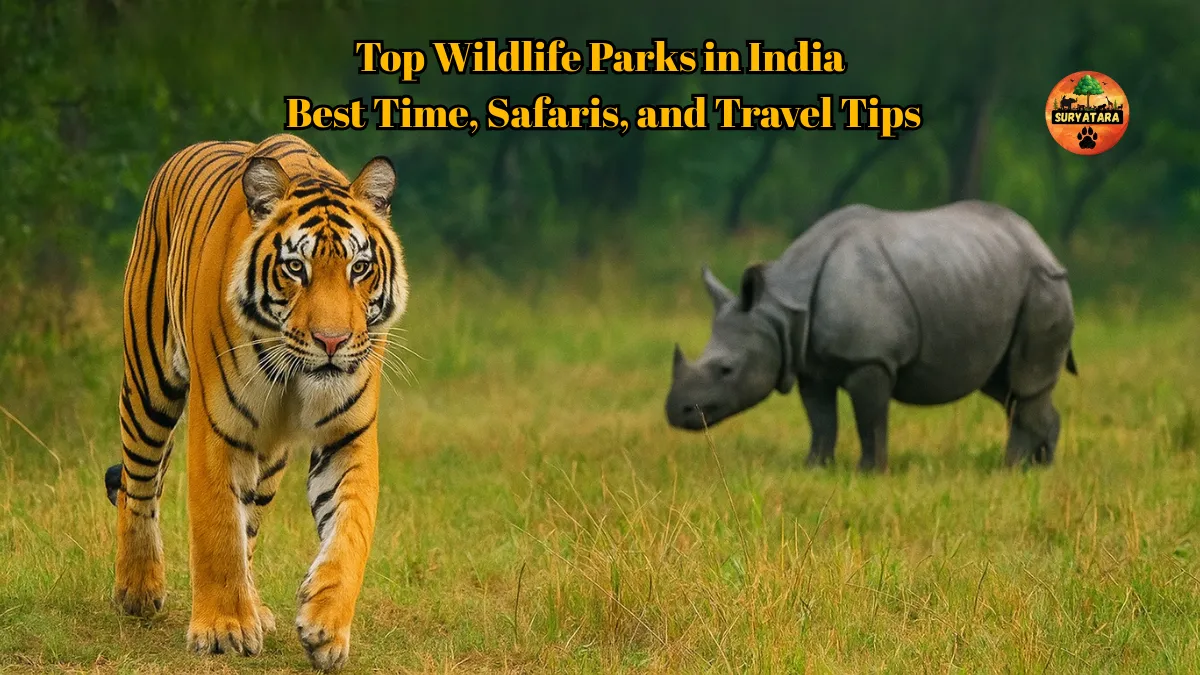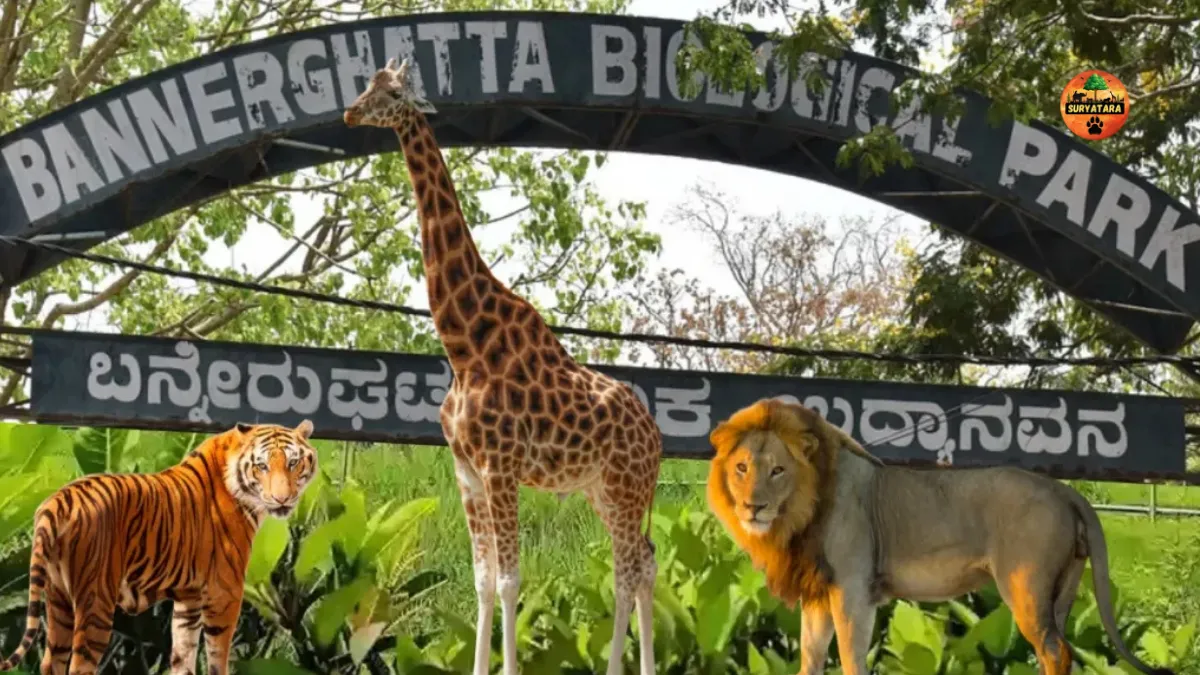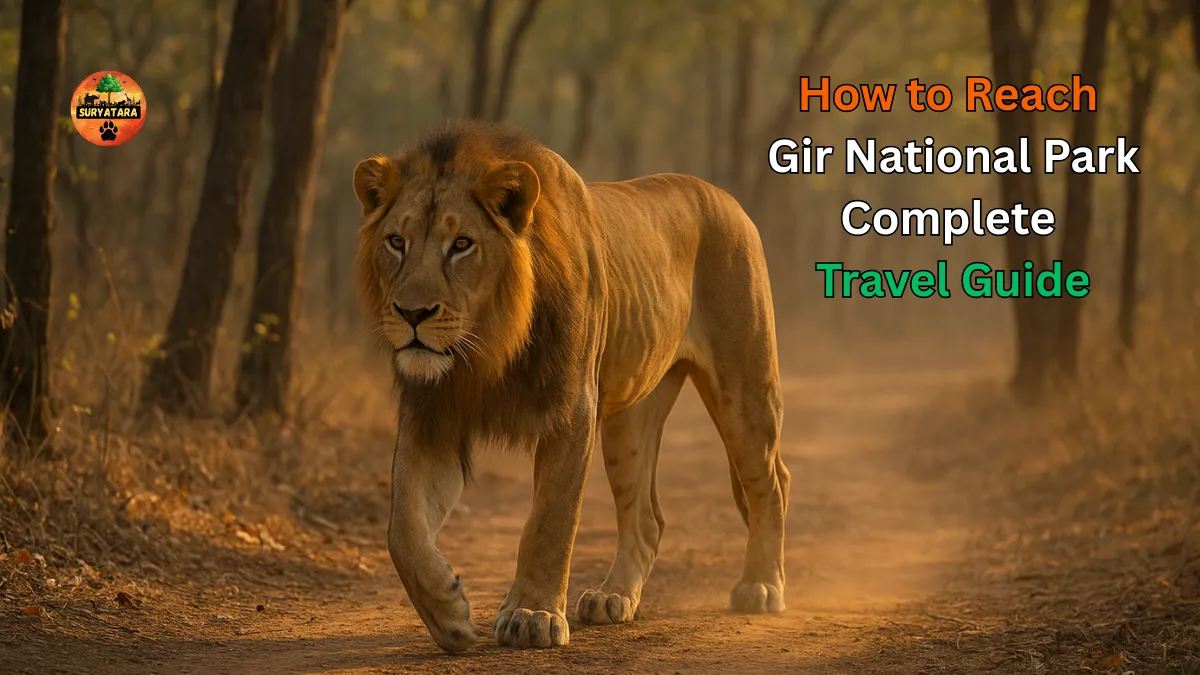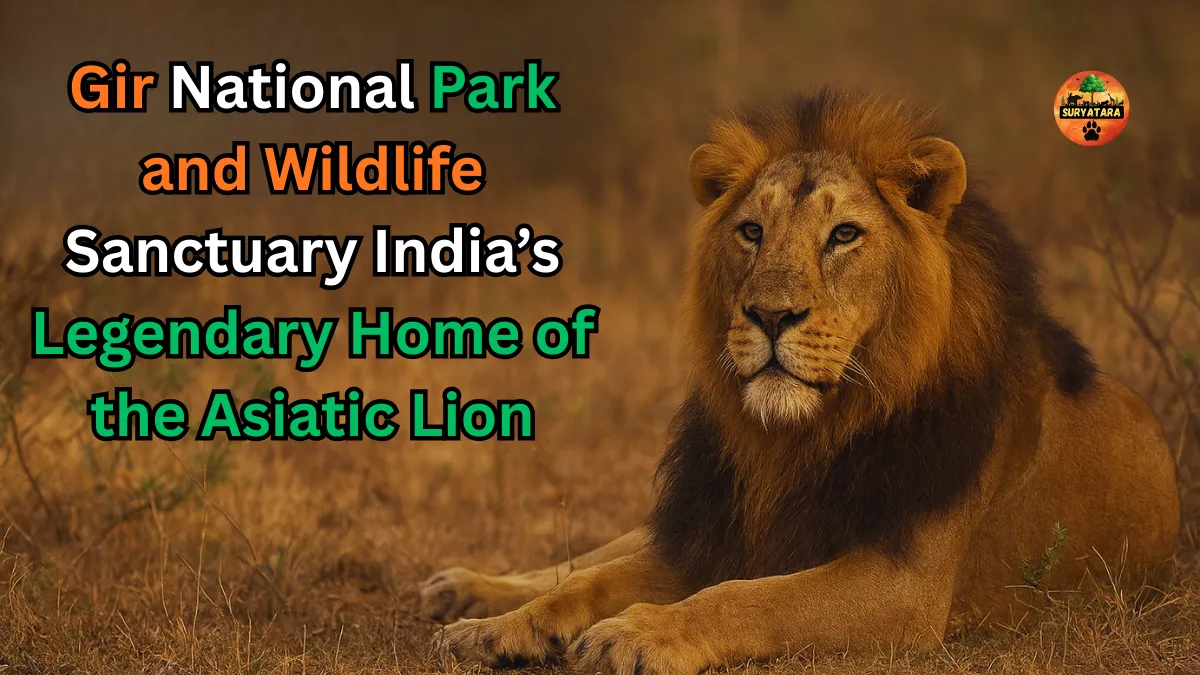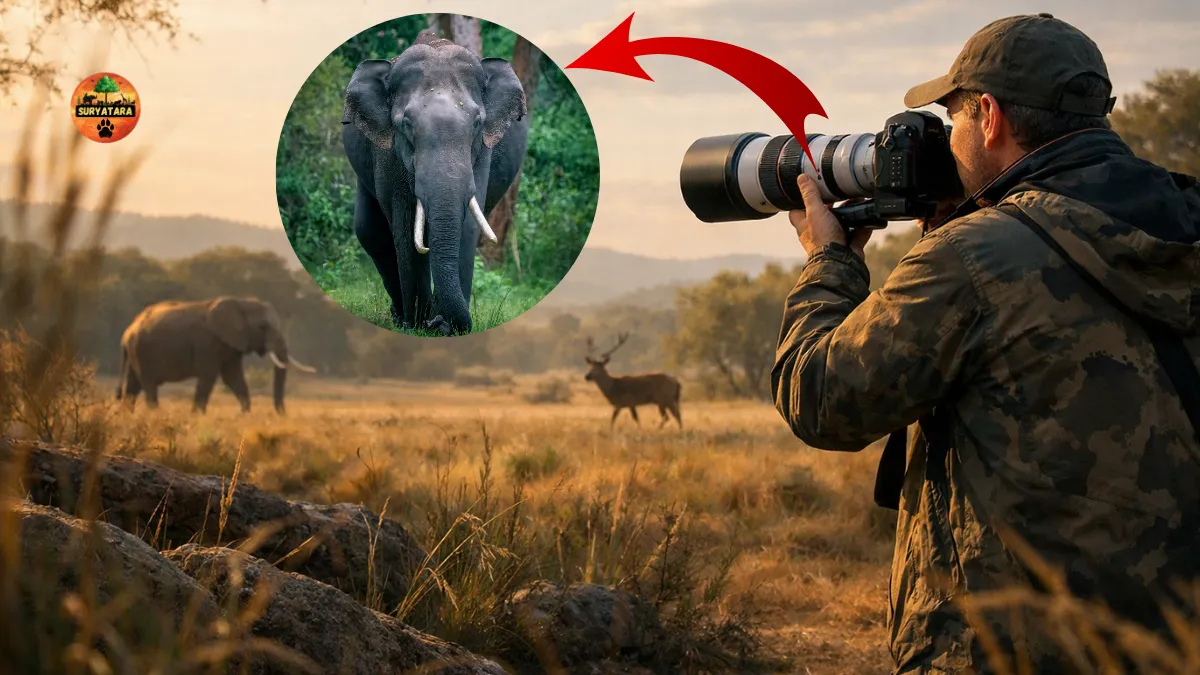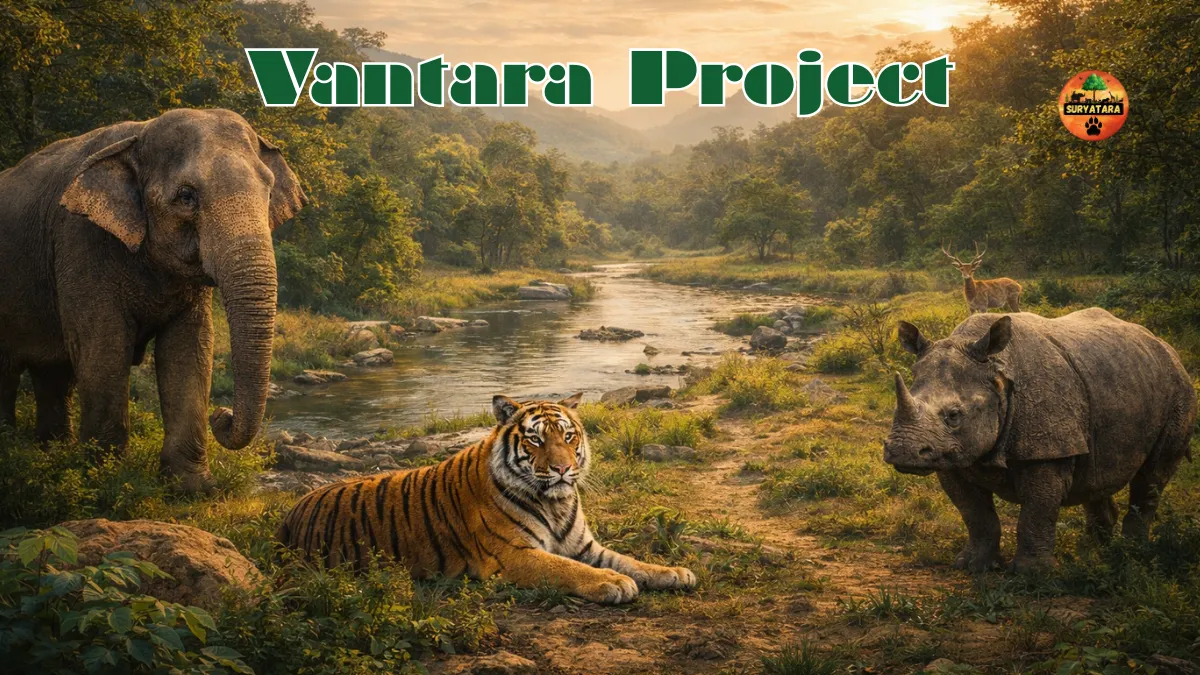Top wildlife parks in India are some of the most breathtaking natural treasures in the world. From dense tiger jungles and sprawling grasslands to mangrove forests and Himalayan landscapes, these parks are sanctuaries of biodiversity and adventure. Whether you are a wildlife photographer, a family traveler, or a conservation enthusiast, India’s national parks promise thrilling safaris, rare animal sightings, and a deeper connection with nature.
In this comprehensive guide, we will explore the top wildlife parks in India, their unique attractions, the best time to visit, and essential travel tips to help you plan an unforgettable journey.
Why Explore the Top Wildlife Parks in India?
India is a land of mega-biodiversity, ranking among the top 17 nations with the richest ecosystems on Earth. With more than 100 national parks, 500+ wildlife sanctuaries, and numerous biosphere reserves, India shelters some of the most iconic species, including:
- The Royal Bengal Tiger
- The Asiatic Lion
- The One-Horned Rhinoceros
- The elusive Snow Leopard
- Thousands of bird species
Visiting these parks is more than a safari experience—it is about understanding conservation, appreciating indigenous cultures, and supporting eco-tourism.
A Snapshot of the Top Wildlife Parks in India
Here is a quick comparison table for travelers to decide which park suits their interests the best:
| Wildlife Park | Location | Famous For | Best Time to Visit | Special Attractions |
|---|---|---|---|---|
| Jim Corbett National Park | Uttarakhand | Bengal Tiger | Nov – Feb | India’s first national park, jeep safaris |
| Ranthambore National Park | Rajasthan | Tigers & Leopards | Oct – Apr | Ranthambore Fort inside the park |
| Kaziranga National Park | Assam | One-Horned Rhinoceros | Nov – Apr | UNESCO World Heritage Site, elephant safari |
| Gir National Park | Gujarat | Asiatic Lions | Dec – Mar | Only Asiatic lion habitat in the world |
| Bandhavgarh National Park | Madhya Pradesh | High Tiger Density | Oct – Apr | Tiger sightings, historic ruins |
| Periyar Wildlife Sanctuary | Kerala | Elephants & Birds | Oct – Jun | Boat rides on Periyar Lake |
| Sundarbans National Park | West Bengal | Royal Bengal Tigers | Sep – Mar | World’s largest mangrove forest |
| Kanha National Park | Madhya Pradesh | Barasingha (Swamp Deer) | Oct – Jun | Inspiration for “The Jungle Book” |
| Nagarhole National Park | Karnataka | Elephants & Leopards | Oct – May | Rich birdlife, Kabini River safaris |
| Hemis National Park | Ladakh | Snow Leopards | May – Sep | High-altitude Himalayan wildlife |
The Top 10 Wildlife Parks in India – Detailed Guide
1. Jim Corbett National Park – The Beginning of Wildlife Protection in India
- Location: Uttarakhand
- Famous For: Bengal Tigers, Leopards, and Asiatic Elephants
Jim Corbett, established in 1936, is India’s first national park and a pioneer in tiger conservation under Project Tiger (1973). Spread across the Himalayan foothills, it boasts rivers, grasslands, and dense forests.
- Safari Types: Jeep and Canter safaris are popular, with zones like Dhikala and Bijrani offering the best sightings.
- Why Visit: Apart from tigers, you may spot gharials, wild boars, and over 600 bird species.
2. Ranthambore National Park – Tigers Amidst Ancient Ruins
- Location: Rajasthan
- Famous For: Royal Bengal Tigers
Ranthambore is among the most photographed tiger reserves in India. Its unique feature is the 10th-century Ranthambore Fort, which stands inside the park, blending history with wilderness.
- Wildlife Sightings: Tigers lounging by lakes, leopards in rocky terrains, marsh crocodiles, and sloth bears.
- Best For: First-time safari travelers due to its accessibility and high chances of tiger sightings.
3. Kaziranga National Park – The Land of the One-Horned Rhino
- Location: Assam
- Famous For: Great Indian One-Horned Rhinoceros
A UNESCO World Heritage Site, Kaziranga shelters nearly two-thirds of the world’s one-horned rhino population. The park is a mix of grasslands, wetlands, and forests.
- Safaris: Elephant-back safaris provide close encounters with rhinos. Jeep safaris reveal migratory birds and wild buffaloes.
- Highlight: It is also a Tiger Reserve and an Important Bird Area.
4. Gir National Park – The Last Abode of the Asiatic Lion
- Location: Gujarat
- Famous For: Asiatic Lions
Gir is the only natural habitat of Asiatic lions in the world. The population has steadily increased due to conservation, making it a global hotspot.
- Other Wildlife: Leopards, striped hyenas, jackals, and over 300 bird species.
- Travel Tip: Safaris are best booked in advance as Gir attracts travelers worldwide.
5. Bandhavgarh National Park – The Tiger Capital of India
- Location: Madhya Pradesh
- Famous For: Highest density of tigers
Bandhavgarh is renowned for tiger sightings. Once a hunting ground for royals, it now serves as a safe haven for predators.
- Unique Feature: The ancient Bandhavgarh Fort and stone-carved statues add cultural value.
- Wildlife: Apart from tigers, you’ll find leopards, nilgai, barking deer, and over 250 bird species.
6. Periyar Wildlife Sanctuary – Jungle Meets Backwaters
- Location: Kerala
- Famous For: Elephants and Birdlife
Located in the Western Ghats, Periyar is famous for its boat safaris on Periyar Lake, where herds of elephants come to drink water.
- Wildlife: Gaurs, sambar deer, Malabar giant squirrels, and kingfishers.
- Why Visit: A perfect blend of adventure and serenity, ideal for eco-tourists.
7. Sundarbans National Park – Tigers of the Mangroves
- Location: West Bengal
- Famous For: Swimming Royal Bengal Tigers
The Sundarbans is the world’s largest mangrove forest and a UNESCO World Heritage Site. Tigers here are known for their ability to swim between islands.
- Unique Sightings: Estuarine crocodiles, fishing cats, and mangrove horseshoe crabs.
- Best For: Adventure travelers seeking a completely different wildlife landscape.
8. Kanha National Park – The Inspiration Behind The Jungle Book
- Location: Madhya Pradesh
- Famous For: Barasingha (Swamp Deer) and Tigers
Kanha’s lush sal and bamboo forests inspired Rudyard Kipling’s The Jungle Book. It is a key park for Project Tiger and also home to the rare barasingha.
- Activities: Jeep safaris, bird watching, and cultural interactions with local tribes.
- Best Time: March to May for tiger sightings.
9. Nagarhole National Park – The Jewel of South India
- Location: Karnataka
- Famous For: Elephants and Leopards
Part of the Nilgiri Biosphere Reserve, Nagarhole (Kabini) is one of the most scenic wildlife parks in India.
- Wildlife: Elephants, wild dogs, leopards, and hundreds of birds.
- Unique Activity: Kabini River boat safaris offer magical sunset views with elephants bathing on the banks.
10. Hemis National Park – The Kingdom of the Snow Leopard
- Location: Ladakh
- Famous For: Snow Leopards
Hemis is India’s largest national park and the best place to spot the elusive snow leopard. Situated at high altitudes, it is a haven for trekkers and wildlife enthusiasts.
- Other Species: Blue sheep, ibex, Tibetan wolves, and golden eagles.
- Best For: Adventure seekers who want to combine wildlife with Himalayan landscapes.
Best Time to Visit Wildlife Parks in India
- October to March: Pleasant weather and good for bird watching.
- March to June: Hot but excellent for tiger and predator sightings near water sources.
- Monsoon (July–September): Most parks remain closed for animal breeding and safety.
Travel Tips for Visiting Top Wildlife Parks in India
- Book Safaris Early: Especially for popular parks like Ranthambore and Gir.
- Pack Light but Smart: Carry binoculars, DSLR cameras, sunscreen, hats, and insect repellents.
- Stay Eco-Friendly: Choose eco-resorts and avoid plastic waste.
- Respect Wildlife: Never feed animals, use flash photography, or step out of the safari vehicle.
- Hire Naturalists: Guides enrich your experience with knowledge about animal behavior and ecology.
Also read: Best Telephoto Lens for Wildlife Photography: Capture Nature Like a Pro
Why These Parks Matter for Conservation
The top wildlife parks in India are not just tourist attractions—they are lifelines for biodiversity. They play a critical role in:
- Protecting endangered species like tigers, lions, and rhinos
- Maintaining ecological balance
- Supporting local communities through eco-tourism
- Preserving cultural heritage like forts and tribal traditions
Also read: Which is the Best Affordable Camera for Wildlife Photography? Expert Review
Conclusion
Exploring the top wildlife parks in India is a journey into the heart of nature. From the roar of the tiger in Bandhavgarh to the silent snow leopard in Hemis, each park tells a unique story. These destinations are not just for adventure but also for reflection—reminding us of the need to preserve our planet’s natural wonders.
If you are planning your next vacation, let it be an eco-conscious one. Choose one of these wildlife parks, experience the thrill of a safari, and return with memories that will last a lifetime.
